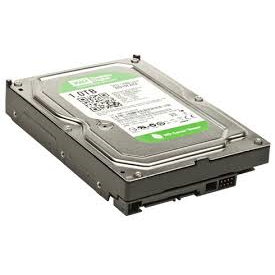

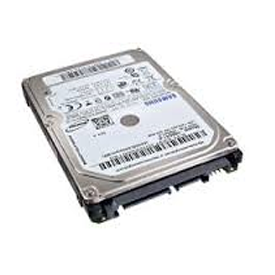
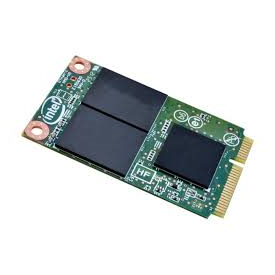
So what exactly do we look for when we are sourcing and buying a hard disk drive?. Basically, it all comes down to a choice of speed Vs capacity.
Not so long ago, we had a choice of a large capacity hard from 320GB up to 1TB. We chould choose a drive speed of 5400RPM, 7200RPM, or if you could find one, a 10,000RPM high speed drive. As the price became more competitive, it became standard to have a faster high capacity drive. This has changed much since the introduction of the new solid state drives.
The basic structure of a mechanical hard drive hasn't changed much in the last twenty years. It is still a set of platters spinning on a central axis using a read write head. This has proven to be limiting with the introduction of faster processors and memory. One big advantage they still have is the price. By comparison to the current price of an SSD, a standard 1TB drive is around €80 whereas the approximate capacity of an SSD is around €400. SSD's however are considerably faster and the price is slowly dropping over time.
So it comes down to a choice of the capacity and the price of a standard hard drive Vs the speed and reliability of an SSD.
It should be noted from the point of view of dimensions, that SSD's come in 2.5" sizes, so if you want to install one in a larger desktop, you will need to purchase an additional 2.5" to 3.5" mounting bracket for installation.
There is an excellent review of mechanical VS SSD drives on storagereview.com. click the link below.
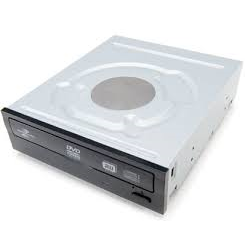
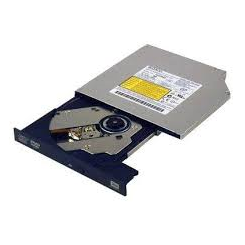
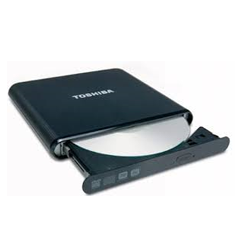
Optical drives are currently being phased out as a redundant drive. While still available, with the introduction of digital content, there is less and less need for the old technology.
One advantage of the optical drive is reliability, backward compatibility, and cost. A standard DVD Writer is around €20. From the cost point of view, it is very useful to have one installed at minimum cost and impact to your budget. Windows OS still comes prepackaged on DVD so from an installation standpoint, it is still very necessary.
So basically, we ask ourselves the question, as follows...
1. Do i need an Optical Drive?
2. Does my chosen case have a 5.25" optical bay?
3. Do i need a DVD writer, or a blu-ray writer? (More expensive)
All modern optical drives are SATA standard, but you can still get the old style IDE, if necessary. You can also purchase an external optical drive for laptops or netbooks that came without a drive.